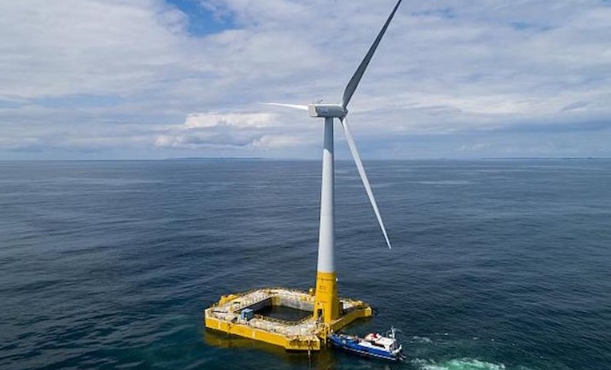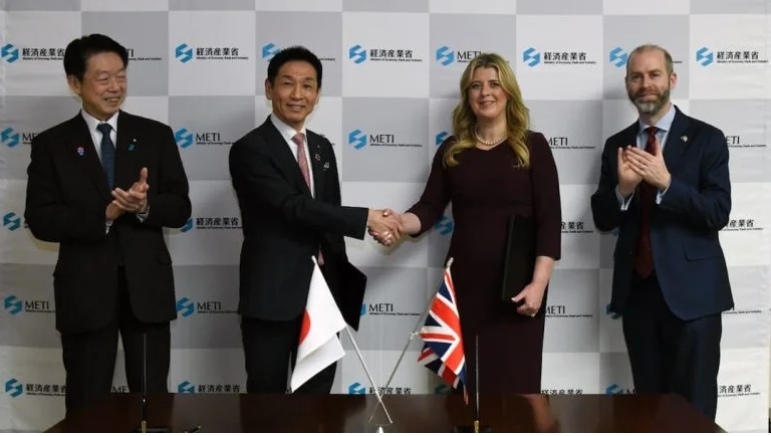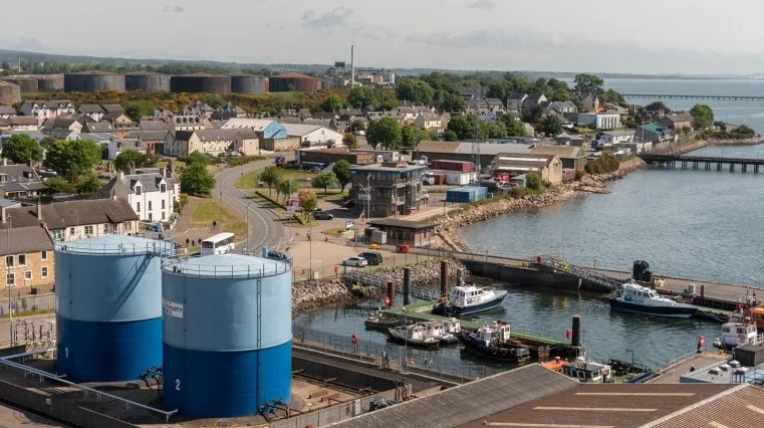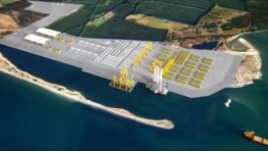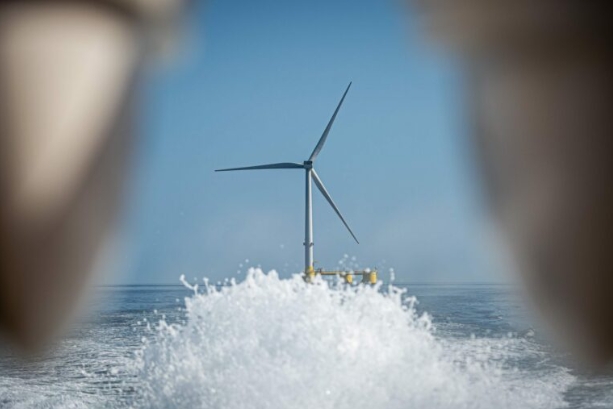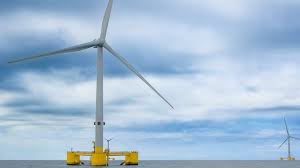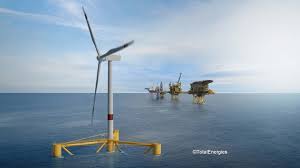 By implementing hydrogen production and storage technologies in some of these Member States, Europe will be able to further its common interest in hydrogen.
By implementing hydrogen production and storage technologies in some of these Member States, Europe will be able to further its common interest in hydrogen.With the use of this technology, approved by the European Commission, close to 41 projects involving the hydrogen molecule will receive funding totaling about 5.4 billion euros. About 9 billion in investments from the private sector will be added to this bonanza.
Germany, Austria, Belgium, Denmark, Spain, Estonia, Finland, France, Greece, Italy, the Netherlands, Poland, Portugal, Slovakia, and the Czech Republic are among the fifteen Member States that are interested.
The 41 projects chosen span the whole value chain for hydrogen technology, including production, fuel cells, storage, distribution, and end-use applications, particularly for the transportation industry. This “hydrogen offensive” will speed up the transition to clean energy by replacing, whenever possible, the use of fossil fuels with that of hydrogen (we’re talking about 100,000 employment throughout the entire sector in Europe by 2030). This is especially true for a sector like the transport industry, which accounts for approximately a quarter of greenhouse gas emissions in Europe.
What exactly is the goal of this PIIEC on hydrogen? Secondly, its scope: by formalising significant investments in hydrogen at the European level, continental stakeholders are better able to coordinate the numerous initiatives and, beyond that, to prevent competitive distortions.
On the French side, the tricolour springboard towards a hydrogen economy free of carbon is made up of the ten projects that were chosen and funded with 2.1 billion euros. In this manner, seven gigafactories will be built across French territory, resulting in the creation of 5,200 direct jobs. These gigafactories will guarantee the production of materials, trains, cars, fuel cells, hydrogen tanks, electrolyzers, and fuel cells.
Included in the PIIEC are the biggest French corporations: Air Liquide, McPhy, Alstom, Renault, Faurecia, and other titans of the French industrial sector are therefore involved in the 10 projects taking place there. Together with a few young shoots, significant industrial companies also carry out the other European projects.
Hydrogen is a dangerous and hugely ambitious bet for Europe. In fact, by 2050, projections indicate that hydrogen might account for up to 20% of the mix of power in Europe. From there, hydrogen could supply 2 to 50% of the energy required for transportation and 5 to 20% of that required for industrial.
The main obstacle to achieving these goals is the production of carbon-free hydrogen, also referred to as green hydrogen or even yellow hydrogen in the case of water electrolysis driven by nuclear electricity. The PIIEC and European expenditures are aimed at creating carbon-free hydrogen, which is the only hydrogen capable of significantly lowering greenhouse gas emissions.
The second restriction is probable hydrogen leakage caused by the molecule’s extensive deployment. The models demonstrate that the indirect impacts of an increase in atmospheric hydrogen production on other greenhouse gases may result in a net negative balance for hydrogen technologies with respect to global warming potential.
If the two technological barriers—carbon-free hydrogen generation and limiting potential leaks into the atmosphere—are overcome, France’s and Europe’s lofty hydrogen goals will change the continent’s energy mix by 2030.
